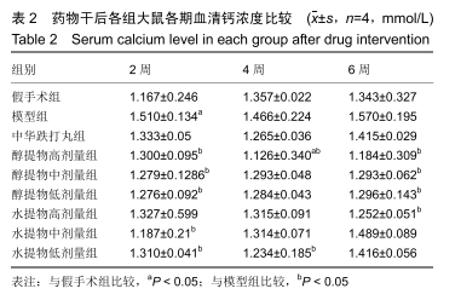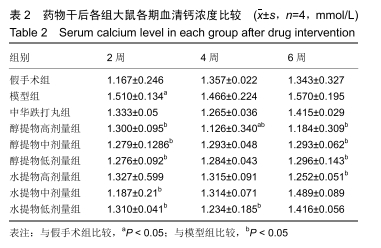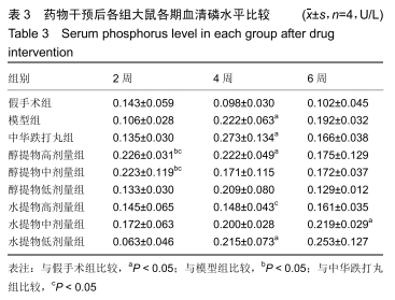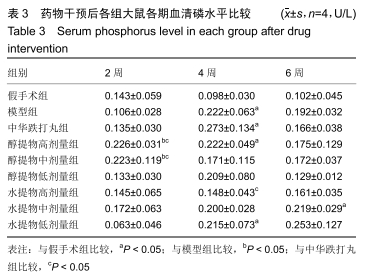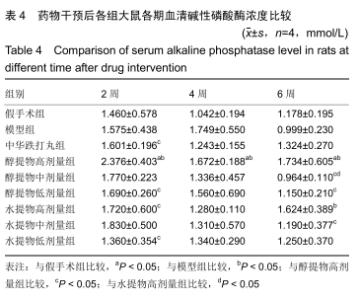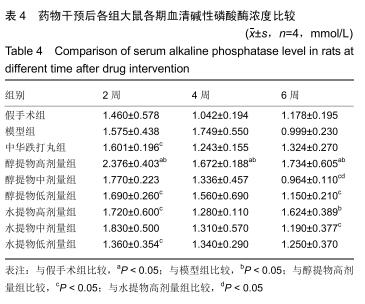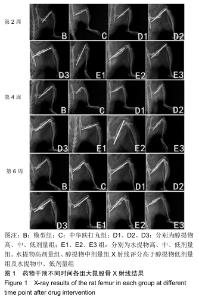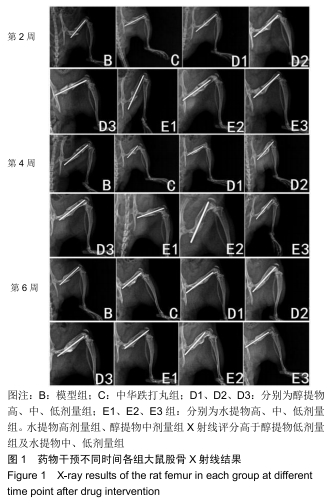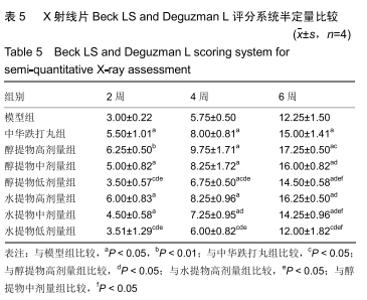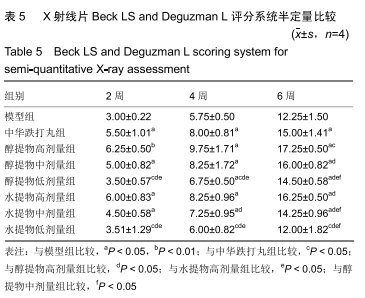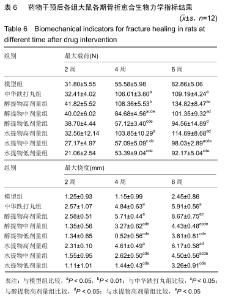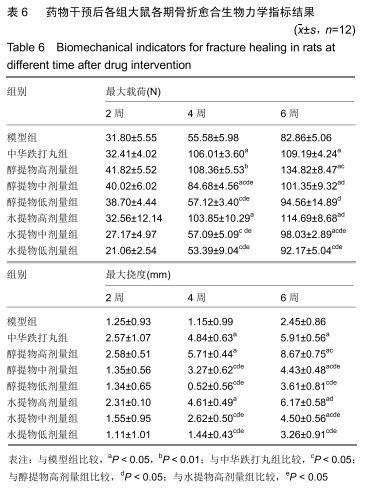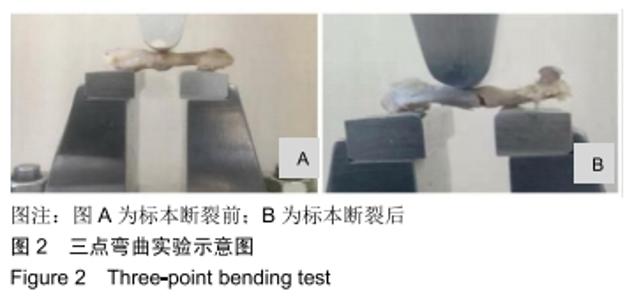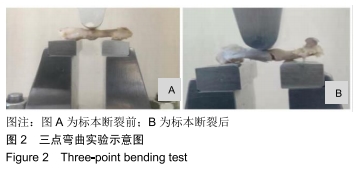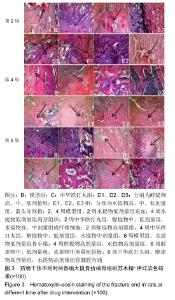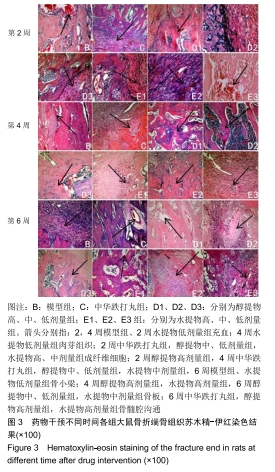[1] CALORI GM, MAZZA EL, MAZZOLA S, et al. Non-unions.Clin Cases Miner Bone Metab.2017;14(2):186-188.
[2] BUZA JA. Bone healing in 2016.Clin Cases Miner Bone Metab. 2016;13(2):101-105 .
[3] ZURA R, XIONG Z, EINHORN T, et al.Epidemiology of fracture nonunion in 18 Humanbones.JAMA Surg.2016: e162775.
[4] ZURA R, KASTE SC, HEFFERNAN MJ, et al. Risk factors for nonunion of bone fracture in pediatric patients: An inception cohort study of 237,033 fractures.Medicine(Baltimore).2018; 97(31):e11691.
[5] BENETOU V, ORFANOS P, FESKANICH D, et al. Education, marital status, and risk of hip fractures in older men and women:the CHANCES project.Osteoporos Int. 2015;26(6): 1733-1746.
[6] YOOSIK YOUM, SEUNGWON LEE, EKATERINA BALDINA, et al. Association between social support and bone health outcomes: a systematic review. Clinical Reviews in Bone and Mineral Metabolism.2018;16(3):74-86.
[7] VON FRIESENDORFF M, MCGUIGAN FE, WIZERT A, et al. Hip fracture, mortality risk, and cause of death over two decades.Osteoporos Int. 2016;27(10):2945-2953.
[8] BEAUDART C, BIVER E, BRUYÈRE O, et al. Quality of life assessment in musculo-skeletal health.Aging Clin Exp Res. 2018;30(5):413-418.
[9] GOSHIMA K, SAWAGUCHI T, SHIGEMOTO K, et al. Effect of Low-Intensity Pulsed Ultrasound on Bone Healing at Osteotomy Sites After Open Wedge High Tibial Osteotomy.J Orthop Trauma.2017;31(7):S3-S4.
[10] 李金英,赵春莉,刘树英,等.忍冬科3属植物种质资源研究进展[J].西北农林科技大学学报(自然科学版),2013,41(1):143-148.
[11] 李莉,王婷媛,热娜•卡斯木.HPLC法测定西伯利亚接骨木中槲皮素、芦丁的含量[J].新疆医科大学学报,2014,37(2):163-165.
[12] 王婷媛,邱远金,李莉,等.HPLC法测定西伯利亚接骨木中白桦脂酸含量[J].西北药学杂志,2017,32(1):31-34.
[13] 马文萍.西伯利亚接骨木移植栽培技术[J].农村科技,2018(6): 57-58.
[14] 保尔江•阿布都哈米提,加娜古尔•阿的里汗,玛依拉•乌木提.西伯利亚接骨木物候期观测[J].防护林科技,2011(2):40-41.
[15] 任文华. 接骨木属新品种DUS测试技术研究[D].济南:山东建筑大学,2018.
[16] 刘震,于训意,曹长征,等.接骨续筋丸促进大鼠骨折愈合的作用机制研究[J].中医正骨,2017,29(10):1-12.
[17] 周东明,金燕婷,徐天波,侯振海.辛伐他汀对大鼠胫骨骨折愈合的促进作用及其相关信号通路研究[J].中国现代应用药学,2019, 36(18):2267-2270.
[18] 赵明敬.接骨木配方治疗骨关节炎经验[J].中国民族民间医药, 2010,19(14):212.
[19] 潘元珍,刘超群,周国林.闭合性骨折早期应用中药熏洗、外敷的疗效观察[J].中国实验方剂学杂志,2013,19(13):333-335.
[20] BECK LS, DEGUZMAN L, LEE WP, et al. TGF–beta I induces bone closure of skull defects.Bone Miner Res. 1991; 6(11): 1257-1265.
[21] FRIDONI M, MASTERI FARAHANI R, NEJATI H, et al. Evaluation of the effects of LLLT on biomechanical properties of tibial diaphysis in two rat models of experimental osteoporosis by a three point bending test.Lasers Med Sci. 2015;5(30):1117-1125.
[22] MUTO T, KOKUBU T, MIFUNE Y, et al. Can plateletrich plasma protect rat Achilles tendons from the deleterious effects of triamcinolone acetonide.Orthop J Sports Med.2015; 3(7):2325967115590968.
[23] 徐亮,陈功锡,张代贵,等.接骨木属植物研究进展[J].中国野生植物资源, 2010,29(5):1-5+10.
[24] 韩华,杨炳友,杨柳,等.HPLC法测定接骨木中莫诺苷的含量[J].中医药信息,2013,30(4):30-32.
[25] 沈植国.木本接骨木属植物种质资源研究综述[J].山西农业科学, 2011,39(11):1223-1226+1231.
[26] 林晓影,杨炳友,何娅雯,等.接骨木根皮促进骨折愈合有效部位和有效组分对骨折大鼠血液流变学的影响[J].中医药信息,2017, 34(1):55-57.
[27] 韩华. 接骨木根皮促进骨折愈合有效部位化学成分和药理作用研究[D].哈尔滨:黑龙江中医药大学,2006.
[28] 赵湘婷. 中药接骨草化学成分研究[D].兰州:兰州理工大学, 2014.
[29] 韩华,杨炳友,杨柳,等.接骨木根皮促进骨折愈合作用的研究[J].中草药,2013,44(14):1957-1961.
[30] 韩华,闫雪莹,匡海学,等.接骨木的研究进展[J].中医药信息,2008, 25(6):14-16.
[31] 杨宁,周成江,文荣.中药提取分离技术的研究进展[J].包头医学院学报,2015,31(4):143-145.
[32] 周春源,旺建伟.中药提取分离技术的研究进展[J].黑龙江中医药, 2016,45(2):68-69.
[33] LIANG LISLIUO, JIA WANPING, FANGJUN, et al. An experimental study of repairing osteoporosis rabbit bone defect with different concentrations of magnesium-doped brushite bone cements and observing expression of BMP-2.Science Technology and Engineering.2018;18(8): 187-190.
[34] 郑毅.“接骨丹”对兔骨折愈合过程的促进作用效应实验研究[D].武汉:湖北中医药大学,2016.
[35] 方芳,王平珍.丹参促进骨折愈合的研究进展[J].河南中医,2015, 35(2):311-312.
[36] 张波,徐博,吴昊,等.续断对兔骨折愈合过程中相关基因表达和血钙、磷含量的影响[J].氨基酸和生物资源,2016,38(2):54-57.
[37] 郭启发,李光,任荣,等.骨髓间充质干细胞对创伤性骨折愈合的促进作用[J].中国组织工程研究,2016,20(45):6700-6705.
[38] 孟新民,孙晓雷,马剑雄,等.内皮祖细胞与骨折愈合:培养与移植中的问题[J].中国组织工程研究,2014,18(45):7353-7357.
[39] 郭晓光,张磊,关钛元,等.少阳生骨方修复胫骨骨折模型大鼠转化生长因子β1的表达[J].中国组织工程研究,2018,22(20): 3178-3183.
[40] 贾春志,金红旭,韩龙飞,等.富血小板血浆促进兔桡骨创伤性骨折愈合作用研究[J].创伤与急危重病医学,2019,7(5): 298-300+304.
|
